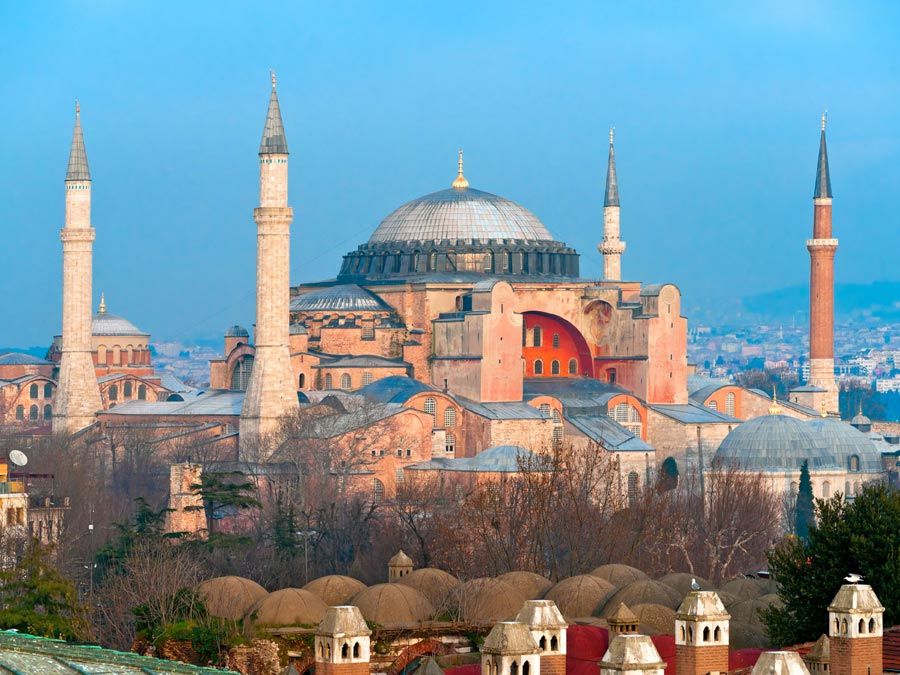Daniel Marot
- Born:
- 1661, Paris
- Died:
- June 4, 1752, The Hague (aged 91)
- Movement / Style:
- William and Mary style
- Notable Family Members:
- father Jean Marot
Daniel Marot (born 1661, Paris—died June 4, 1752, The Hague) was a French-born Dutch architect, decorative designer, and engraver whose opulent and elaborate designs contributed to European styles of decoration in the late 17th and early 18th centuries. His many engravings provide an excellent record of the fashions of the times, including the European interest in Oriental motifs.
Trained by his father, Jean Marot, an architect and engraver, Daniel was influenced by the French designers Jean Lepautre and Jean Berain. A Protestant, he left France in 1685, the year in which the Edict of Nantes was revoked, thus depriving French Protestants of the religious and civil rights formerly granted to them. Emigrating to Holland, he entered the service of the Prince of Orange and also worked for private clients. In 1694 he followed the prince, by that time William III of England, to London, returning about 1698 to Holland, where he continued to work for both the princely family and private patrons until his death.
In the Netherlands Marot’s designs for William III included the chamber later known as the Armistice, or Truce, Hall at The Hague (c. 1697) and apartments and gardens at Het Loo, a palace built as a hunting lodge in the province of Gelderland (c. 1692). At Hampton Court, the palace occupied by William in England, Marot was involved in the design and layout of the gardens. He was also probably consulted in the decoration and furnishing of the palace interiors and designed delftware tulip vases and tiles for the project. After his return to Holland, his work there included designs for the houses of various private patrons, the Portuguese synagogue, and the present royal library.















